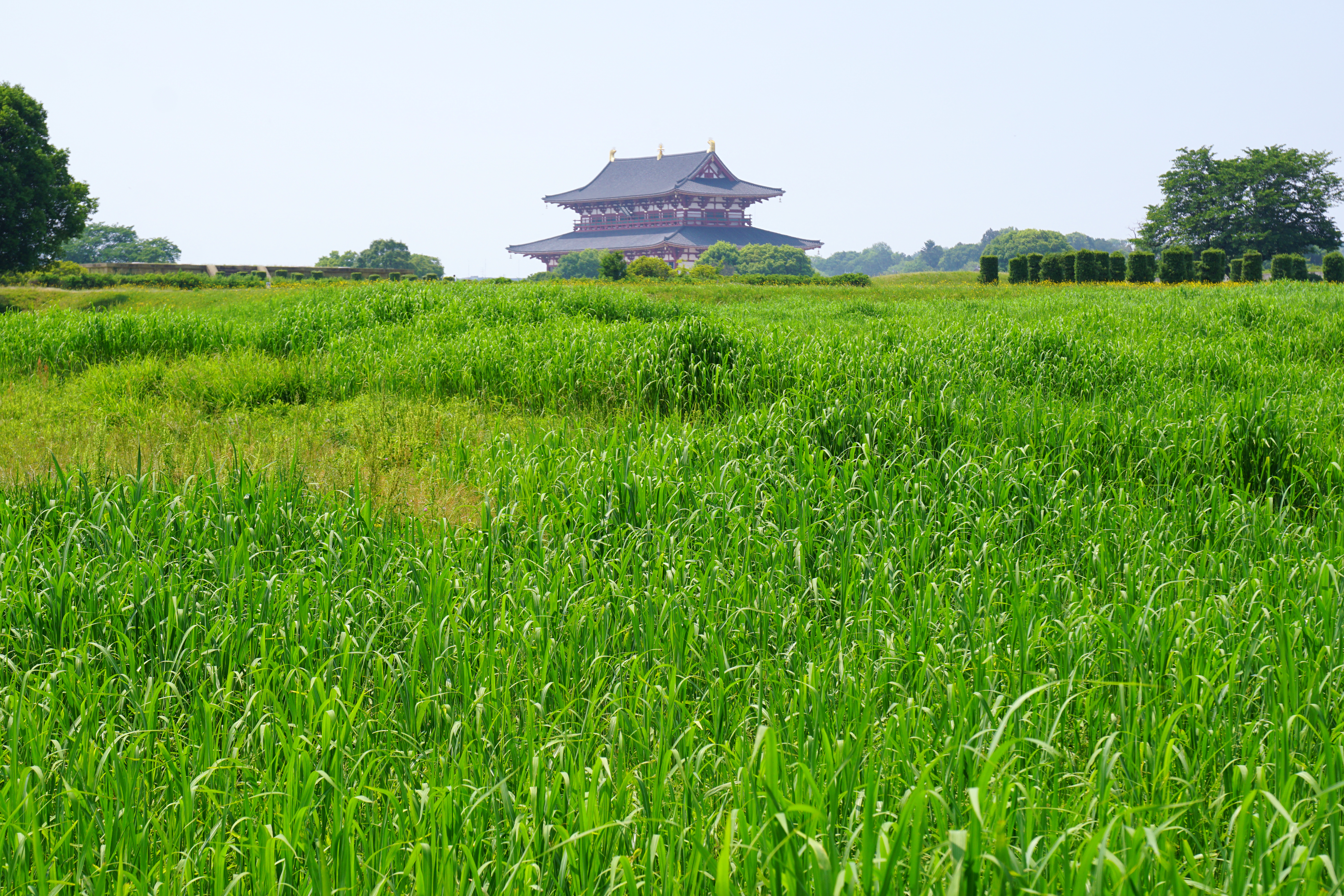|
Heijō Kyō
Heijō may refer to: *Heijō, the Japanese colonial-era name for Pyongyang, the present capital of North Korea *Heijō-kyō was the Capital of Japan during most of the Nara period, from 710 to 740 and again from 745 to 784. The imperial palace is a listed UNESCO World Heritage together with other places in the city of Nara (cf. Historic Monuments of Ancient ..., the ancient Japanese capital located in present-day Nara * Emperor Heijō (773-824) 51st emperor of Japan See also * Heijō Station * {{Disambiguation ... [...More Info...] [...Related Items...] OR: [Wikipedia] [Google] [Baidu] |
Pyongyang
Pyongyang () is the Capital city, capital and largest city of North Korea, where it is sometimes labeled as the "Capital of the Revolution" (). Pyongyang is located on the Taedong River about upstream from its mouth on the Yellow Sea. According to the 2008 population census, it has a population of 3,255,288. Pyongyang is a Special cities of North Korea, directly administered city () with a status equal to that of the Provinces of North Korea, North Korean provinces. Pyongyang is one of the oldest cities in Korea. It was the capital of two ancient Korean kingdoms, Gojoseon and Goguryeo, and served as the secondary capital of Goryeo. Following the establishment of North Korea in 1948, Pyongyang became its ''de facto'' capital. The city was again devastated during the Korean War, but was quickly rebuilt after the war with Soviet Union, Soviet assistance. Pyongyang is the political, industrial and transport center of North Korea. It is estimated that 99% of those living in Pyongy ... [...More Info...] [...Related Items...] OR: [Wikipedia] [Google] [Baidu] |
Heijō-kyō
was the Capital of Japan during most of the Nara period, from 710 to 740 and again from 745 to 784. The imperial palace is a listed UNESCO World Heritage together with other places in the city of Nara (cf. Historic Monuments of Ancient Nara). Empress Genmei ordered the Imperial capital moved from Fujiwara-kyō to Heijō-kyō in 708, and the move to Heijō-kyō was complete in 710. Heijō-kyō was modeled after Chang'an, the capital of Tang-dynasty China, although Heijō-kyō lacked walls. In the city, merchants and traders from China, Korea and India introduced various foreign cultures to Heijō-kyō through the Silk Road. As a result, Heijō-kyō flourished as Japan's first international and political capital, with a peak population of between 50,000 and 100,000. The overall form of the city was an irregular rectangle, and the area of the city was more than 25 km2. Architecture In the area of Heijō-kyō, there are ancient Buddhist temples, and some temples are ... [...More Info...] [...Related Items...] OR: [Wikipedia] [Google] [Baidu] |
Emperor Heizei
, also known as ''Heijō-tennō'', was the 51st emperor of Japan, Emperor Heizei, Yamamomo Imperial Mausoleum, Imperial Household Agency according to the traditional order of succession. Heizei's reign lasted from 806 to 809. Traditional narrative Heizei was the eldest son of the Emperor Kanmu and empress Fujiwara no Otomuro. Heizei had three empresses and seven sons and daughters.Brown, p. 279. Heizei is traditionally venerated at his tomb; the Imperial Household Agency designates , in Nara, as the location of Heizei's mausoleum. The site is publicly accessible. Although one of the largest kofun monuments in Japan, archaeological investigations in 1962–1963 indicate that it was constructed in the early 5th century, and that portions of it were destroyed during the construction of Heijō-kyō, calling into question the designation by the Imperial Household Agency. Events of Heizei's life Before he ascended to the throne, his liaison with Fujiwara no Kusuko, the mother o ... [...More Info...] [...Related Items...] OR: [Wikipedia] [Google] [Baidu] |

